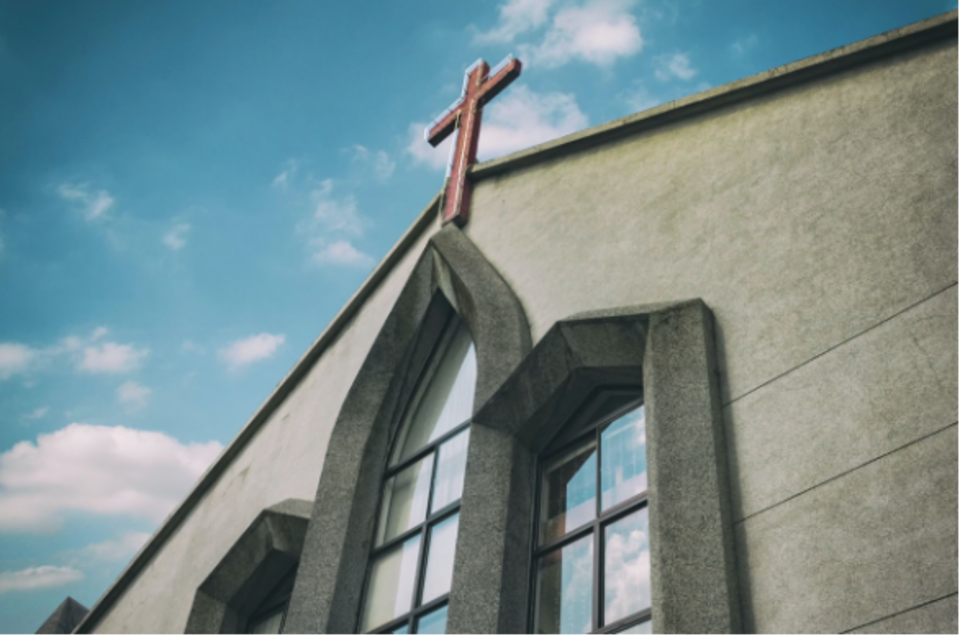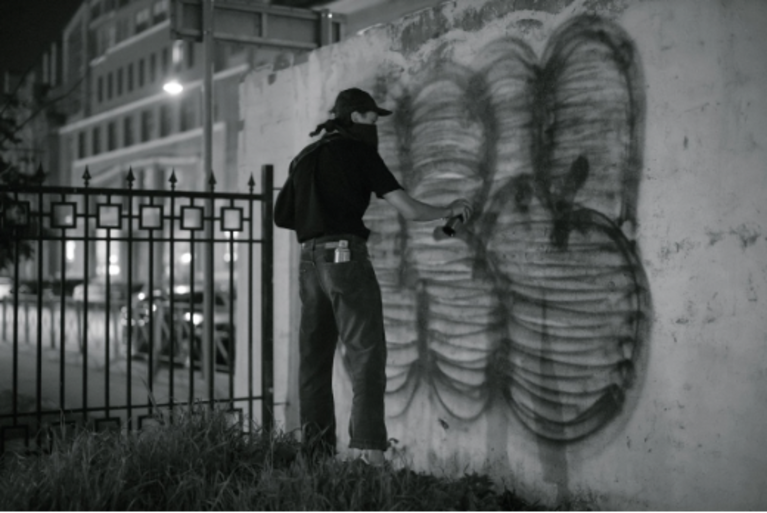
New York City looks into asking for assistance from churches, synagogues, mosques, and temples to serve as hosts for asylum seekers due to increasingly scarce space.
Churches as Shelters
Approximately 60 religious institutions have expressed interest in the initiative that would reimburse churches for food and bedding expenditures.
The concept would limit the number of single migrants each faith institution may take to 19, making it a potentially more enticing option for vast, open settings like the Brooklyn Cruise Terminal.
The rationale for the restricted number of migrants per church, according to church officials, is that exceeding 20 migrants would activate onerous city rules that would make it more difficult to rapidly and efficiently lodge asylum seekers.
As mentioned, the ideal specifications for faith-based emergency shelters will resemble those of the Broadway Presbyterian Church on the Upper West Side.
It is reportedly a stabilization shelter and features a kitchen, baths, multi-purpose room, laundry room, library, and computer room.
In recent weeks, lone migrant men were evicted from the Watson Hotel in Midtown to make a place for new families, elevating the city's reaction to the migrant problem.
The crisis ended after a week of protests by migrants concerned about the Terminal's living conditions, which prompted Mayor Eric Adams to spend a night in the emergency relief center.
However, according to those who are participating in the development of the proposed plan, it is not intended to be a permanent solution to the city's demand for more housing that is both affordable and permanent.
In addition, the alliance of churches reported that their plan had been submitted to the city, and they are awaiting a response.
Ambitious Housing Goals
Last month, Gov. Kathy Hochul and Mayor Eric Adams presented ambitious housing targets. It would pave the way for constructing hundreds of thousands of new houses in the city and the state over the next ten years.
However, that does not reportedly mean much to the more than 70,000 individuals who slept in homeless shelters in the city the night before or to families facing record-high rents, the possibility of eviction, and being priced out of their areas because of rising housing costs.
It is balancing long-term development with immediate solutions like leasing up empty units and strengthening a frayed safety net which is vital to stemming the surge in homelessness.
Also, it gets more New Yorkers into stable, permanent housing, according to housing experts, landlords, tenants, elected officials, and New Yorkers living in shelters.
As mentioned, the primary obstacle is that constructing new homes from the ground up takes many years to finish.
Mark Ginsberg, an architect specializing in residential conversions, estimates it would take approximately four years to convert even a vacant office building into an apartment complex.
It was a goal that Hochul and Adams shared in the joint task force report that they authored. And this is assuming that they begin formulating a plan the following day.
However, the city and state may take more urgent action to get people into homes as soon as possible.
More from Crossmap:
Archbishop Wenski offers long-term housing for exiled Nicaraguan priests, seminarians





